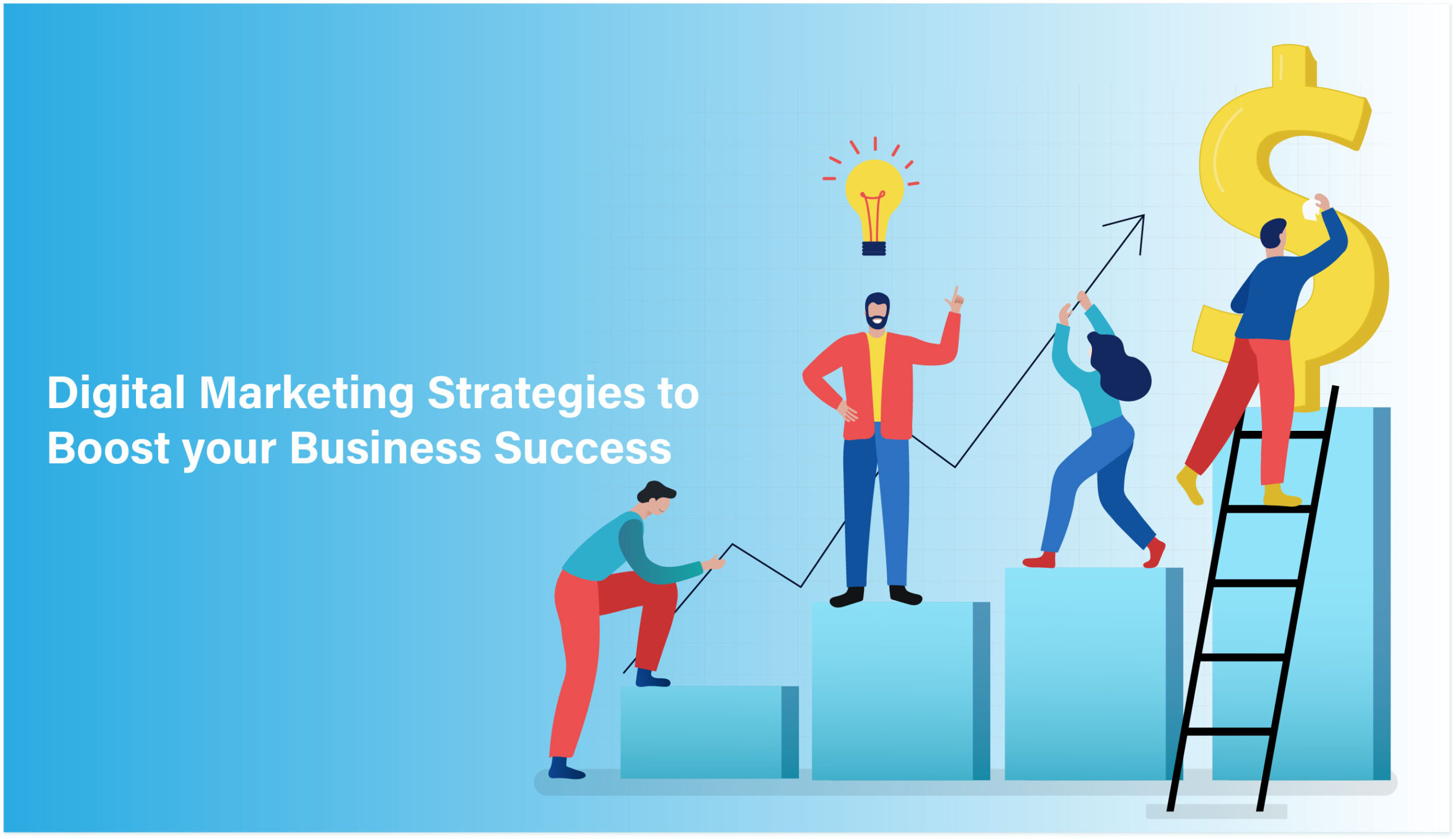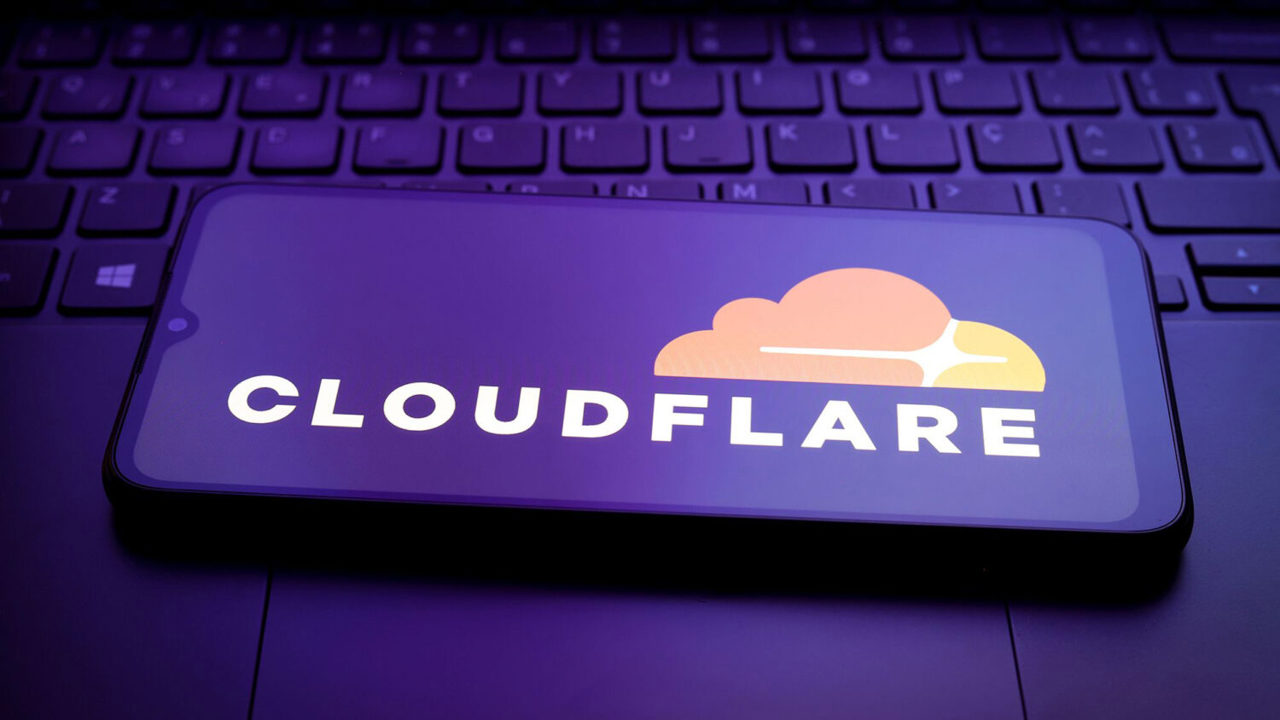Innovative Marketing Techniques to Boost Your Business- In today’s rapidly evolving digital landscape, traditional marketing strategies alone no longer guarantee success. To stay competitive and relevant, businesses must embrace innovative marketing techniques that not only capture attention but also engage customers on a deeper level. This article explores cutting-edge marketing methods designed to boost your business by increasing brand awareness, driving sales, and fostering customer loyalty.
Why Innovation in Marketing Matters
Marketing innovation is crucial because consumer behavior and technology constantly change. What worked five years ago might be ineffective today. Businesses that fail to adapt risk falling behind their competitors. Innovative marketing techniques allow companies to:
-
Reach new audiences
-
Create memorable brand experiences
-
Build meaningful relationships with customers
-
Increase conversion rates and profitability
With this mindset, let’s dive into some of the most effective innovative marketing techniques your business can implement.
1. Personalization Beyond the Basics
Understanding Hyper-Personalization
Personalization has long been a marketing buzzword, but today’s consumers expect more than just inserting their names in emails. Hyper-personalization uses data analytics and AI to tailor content, product recommendations, and communication to an individual’s behaviors, preferences, and past interactions.
How to Implement
-
Use AI-powered platforms that analyze browsing history, purchase patterns, and social media activity.
-
Deliver customized offers or content at the right time on the right channel.
-
Personalize product bundles or services based on the customer’s unique needs.
Example: Netflix’s recommendation engine keeps viewers engaged by suggesting shows tailored to their viewing habits.
2. Interactive Content Marketing
What is Interactive Content?
Unlike static content, interactive marketing engages users actively. It involves quizzes, polls, calculators, and interactive infographics that encourage participation, making the experience more immersive.
Benefits
-
Higher engagement rates
-
More time spent on your site
-
Increased data collection on customer preferences
Practical Uses
-
Create a quiz that helps users identify the best product for their needs.
-
Use calculators that show potential savings or benefits of your services.
-
Launch polls or surveys to gain customer insights while engaging them.
3. Leveraging Augmented Reality (AR)
The Rise of AR in Marketing
Augmented Reality overlays digital elements in the real world via smartphones or AR glasses. It offers immersive experiences that help customers visualize products before purchasing.
Why It Works
-
Reduces purchase hesitation by providing virtual try-ons or demos.
-
Creates memorable brand interactions.
-
Differentiates your business in a crowded market.
Examples to Follow
-
IKEA’s AR app allows customers to place furniture in their homes virtually.
-
Beauty brands offer virtual makeup try-ons through AR filters.
4. Voice Search Optimization
The Growth of Voice Assistants
With the increasing use of smart speakers and voice assistants like Alexa, Siri, and Google Assistant, optimizing for voice search has become essential.
Key Strategies
-
Focus on conversational keywords and natural language.
-
Answer common questions clearly to appear in voice search snippets.
-
Optimize local SEO for “near me” voice searches.
Impact on Business
Voice search optimization helps capture mobile and hands-free device users, broadening your reach and making your business more accessible.
5. Influencer Collaborations with a Twist
Moving Beyond Traditional Influencers
While influencer marketing remains powerful, the focus is shifting to micro and nano influencers—individuals with smaller but highly engaged and niche audiences.
Why Micro-Influencers?
-
Higher trust and authenticity.
-
More targeted audience fit.
-
Cost-effective partnerships.
Innovative Ideas
-
Co-create products with influencers.
-
Host live sessions where influencers use your products.
-
Develop exclusive influencer discount codes.
6. Storytelling Through User-Generated Content (UGC)
Harnessing Customer Voices
User-generated content such as reviews, photos, and videos allows brands to tell authentic stories through their customers’ perspectives.
Benefits
-
Builds trust and credibility.
-
Encourages community engagement.
-
Provides a steady stream of fresh content.
How to Encourage UGC
-
Run contests asking customers to share their experiences.
-
Feature UGC prominently on your website and social channels.
-
Reward users with discounts or shout-outs.
7. Gamification in Marketing
What is Gamification?
Gamification incorporates game elements—points, leaderboards, challenges—into marketing to motivate customer behavior and increase engagement.
Why Use It?
-
Makes marketing fun and interactive.
-
Boosts customer loyalty and repeat visits.
-
Encourages social sharing.
Examples of Gamification
-
Loyalty programs with point systems and rewards.
-
Online contests and scavenger hunts.
-
Interactive challenges related to your brand.
8. Sustainable and Ethical Marketing
Aligning with Consumer Values
Modern consumers increasingly prefer brands that prioritize sustainability and ethical business practices.
Marketing Techniques
-
Promote your green initiatives transparently.
-
Use eco-friendly packaging and highlight this in campaigns.
-
Partner with charitable organizations and communicate this partnership.
Result
Ethical marketing builds emotional connections and long-term loyalty, differentiating your business in a socially conscious market.
9. Omnichannel Marketing Integration
Seamless Customer Experience
Omnichannel marketing ensures consistent messaging and smooth transitions between multiple touchpoints — online, in-store, mobile, and social media.
How to Achieve It
-
Integrate CRM systems for unified customer data.
-
Use chatbots to provide instant assistance across platforms.
-
Ensure your brand voice and visuals are consistent everywhere.
Benefits
-
Enhances customer convenience.
-
Increases conversion by meeting customers where they are.
-
Improves brand recognition.
10. AI-Driven Predictive Analytics
Smarter Decision-Making
Predictive analytics leverages AI and machine learning to forecast customer behavior, sales trends, and market changes.
Applications
-
Predict which customers are most likely to convert.
-
Identify the best times to send marketing campaigns.
-
Optimize inventory and product launches based on demand forecasting.
Business Impact
Using predictive insights lets you allocate marketing resources more effectively and improve ROI.
Conclusion
Incorporating innovative marketing techniques is no longer optional for businesses striving to grow and remain competitive. By embracing personalization, interactive content, AR, voice search, influencer collaborations, user-generated content, gamification, sustainable practices, omnichannel integration, and AI-driven analytics, your business can build stronger customer relationships, improve brand awareness, and ultimately boost sales.
The key is to remain agile and open to experimenting with new approaches. Measure the results carefully and refine your strategies to fit your unique audience and goals. With innovation at the heart of your marketing, your business will not just survive but thrive in the dynamic marketplace of today and tomorrow.
The Fermi Paradox in 2050: Are We Really Alone in the Universe? | Maya




